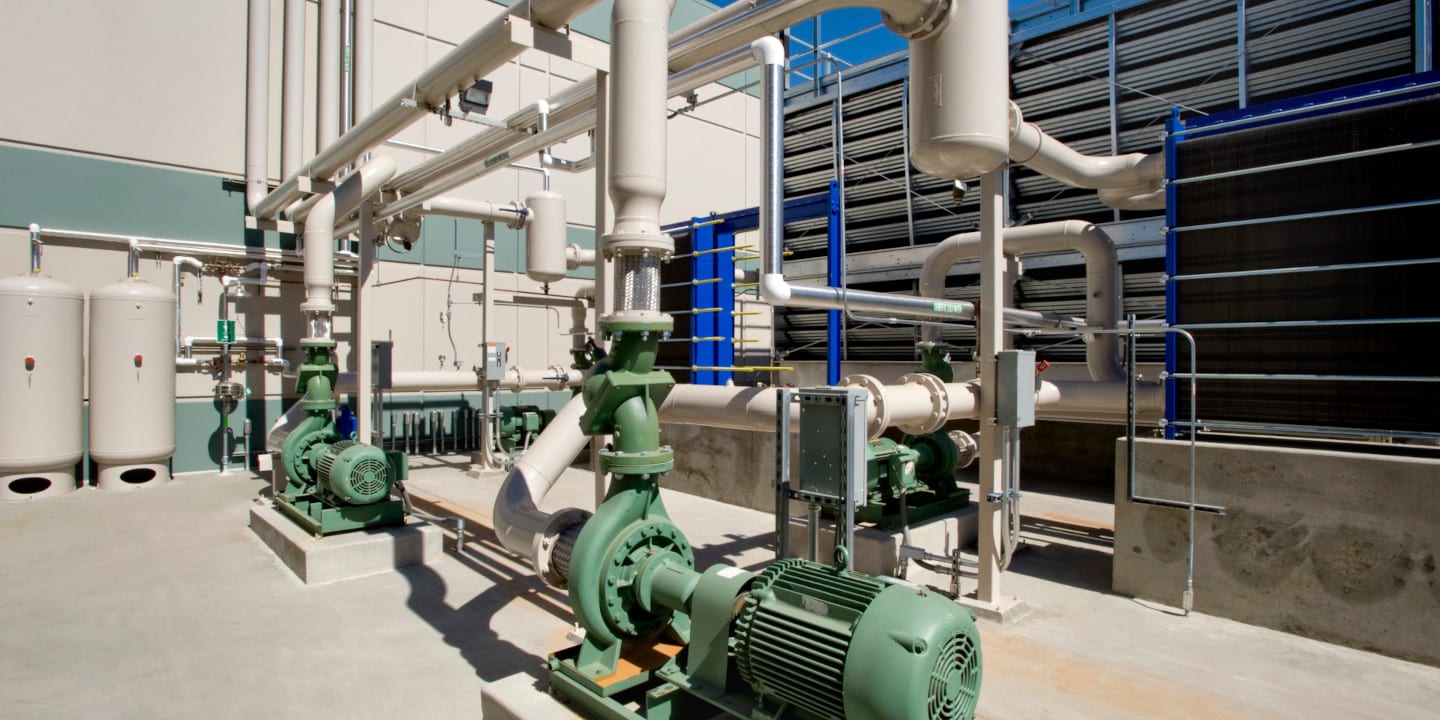
For decades, simulations have helped manufacturing engineers improve product performance in every kind of scenario, environment, and use case. However, valuable performance data came at a high cost in both time and money: simulations require physical build-outs, not to mention labor to conduct tests and analyze results. These limits didn’t just make it hard to compete — it held back progress for the entire manufacturing industry.
Now, engineers can build and run completely digital simulations with real-world accuracy, in a fraction of the time and cost of traditional sims. In fact, the software has recently become so advanced that users can create what’s known as “digital twins” that perfectly mirror even the most complex hydraulic systems and fluid engineering projects. What exactly is this technology capable of, and how can it help fluid handling equipment manufacturers? Let’s dive in.
As the name implies, a Digital Twin is a virtual model designed to mirror a real-world, physical object. It goes beyond physical prototyping by allowing modelers to simulate how an object will respond in various scenarios, gathering performance and design insight to make improvements in real life.
There are four primary types of digital twins:
Digital twin software can have a major impact on fluid handling equipment manufacturers trying to innovate their products and improve profit margins. Here’s how:
Digital twins can help users quickly identify the shortcomings and potentials of any product, both from engineer observation and machine learning analysis. Before a product even enters production, modelers can simulate potential conditions in the field and get insight into likely performance outcomes. Engineers can use this data to make product refinements without the need to build physical prototypes.
After products have been brought to market, manufacturers can collect additional field data, like the impact of pump curves, and use it to run more complex simulations based on real-world performance. Engineers and other stakeholders can analyze the data and suggest modifications to how products are used in order to improve efficiency and generate significant cost savings. In fact, digital twin technology is expected to save some cities as much as $280 billion by the year 2030.
Digital twins can help inform manufacturers how to improve every aspect of a product, from its inception all the way to its retirement from the market. Simulations can expose mechanical risks and help modelers develop a recommended maintenance schedule. Modelers can even simulate end-of-life processes to streamline product disposal, recycling, and material harvesting.
As development timelines become more demanding, and materials become more expensive, physical prototyping and research is a luxury many fluid handling equipment manufacturers can no longer afford. Digital twin software allows manufacturers to simulate operations and gather performance data in a fraction of the cost and time as traditional methods, and often with greater insight.
PIPE-FLO by Revalize is the industry standard digital twin software platform for fluid equipment manufacturers, built on more than 35 years of real-world system data. Modelers can spec fluid systems as far out as 17 decimal points for an unparalleled level of accuracy in calculations.
Experience Revalize for yourself by scheduling a free demo.